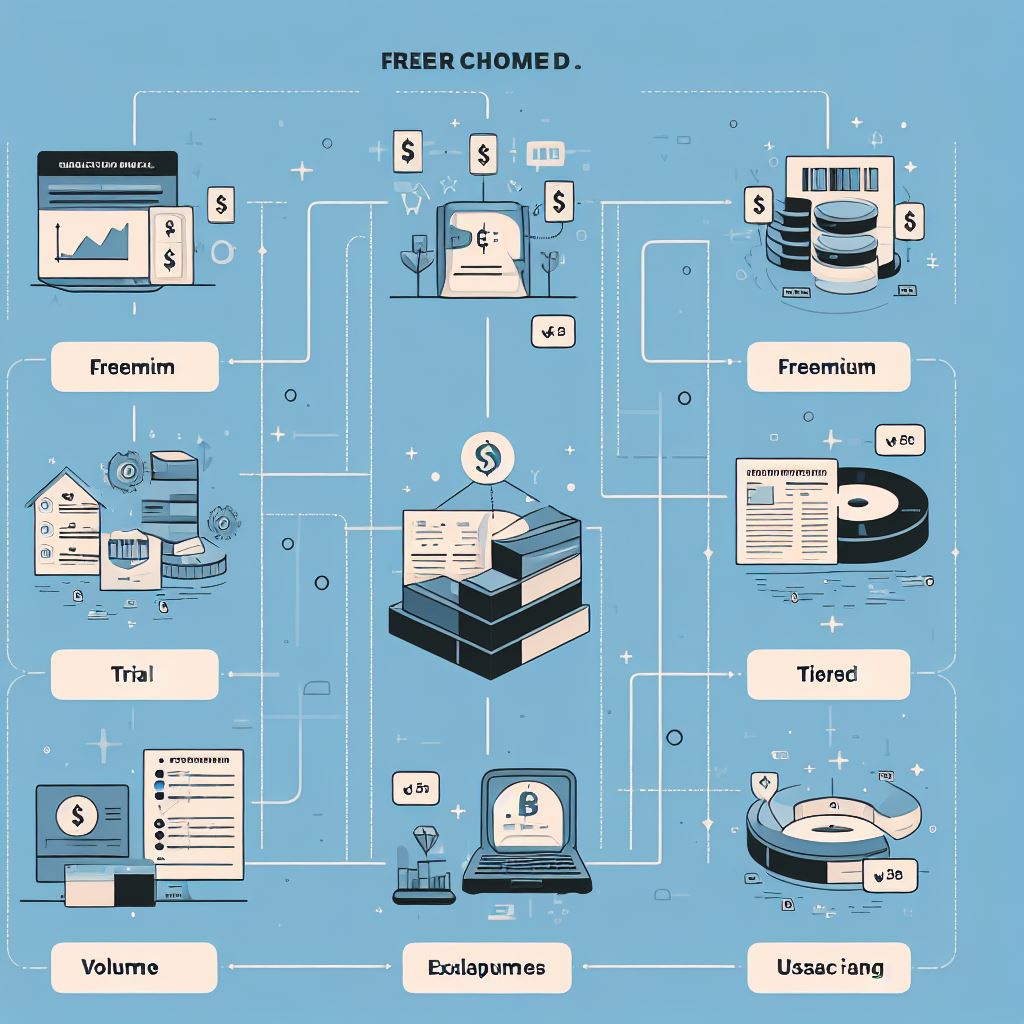In the evolving landscape of digital business, the subscription model is leading the way. Navigating subscription pricing strategies and understanding the various types of subscription pricing models can elevate a business from startup status to industry leader. Let’s unpack the intricacies of subscription pricing and its core models

Why Subscription Pricing Matters
Determining an appropriate subscription price isn’t a mere number game. It’s also rooted in customer understanding, the perceived value of offerings, and brand positioning. Right pricing can not only boost customer loyalty but also multiply revenue and lengthen user commitment.
Popular Subscription Model Types
- Flat-rate Subscription: Moreover, a straightforward approach where all subscribers avail the same product or service at a uniform price, reminiscent of traditional magazine subscriptions.
- Tiered Subscription: A segmented offering where customers can choose from different levels or “tiers” of service. Many SaaS platforms adopt this model, giving users choices from basic to premium features.
- Consumption-based Subscription: However, tailored for users who prefer paying for what they consume. Often seen in cloud services, users are billed based on resources, like storage or bandwidth, they utilize.
- Freemium Model: A strategic blend of free and premium, companies provide basic services for free, enticing users to upgrade for enhanced features.
- Access Subscription: Rather than ownership, subscribers pay for access. Streaming giants like Netflix exemplify this model, granting access to extensive content libraries for a set fee.
Creating a Winning Subscription Pricing Strategy
- Cost Awareness: Grasp the nuances of your overhead, production expenditure, and moreover the profit margin you aim for.
- Competitor Analysis: Evaluate competitors’ pricing and discern where your service aligns concerning features and brand value.
- Value Perception: Pinpoint your offering’s value in the eyes of your target demographic. High perceived value can justify a premium price tag.
- Flex and Adapt: Modify your pricing based on market reactions. Using trial offers or introductory rates can also pull in initial subscribers and provide valuable feedback.
- Uphold Transparency: Clearly delineate the offerings of each subscription tier. Hidden charges can deter prospects and tarnish brand image.
In Conclusion
With the prominence of the subscription model in today’s business environment, mastering subscription pricing strategies and understanding model types is pivotal. By aligning pricing with market needs and conveying clear value, businesses can also position themselves as frontrunners in the competitive subscription arena.
Download Free E-book:
Navigating the Subscription Business Landscape: Insight & Tactics






